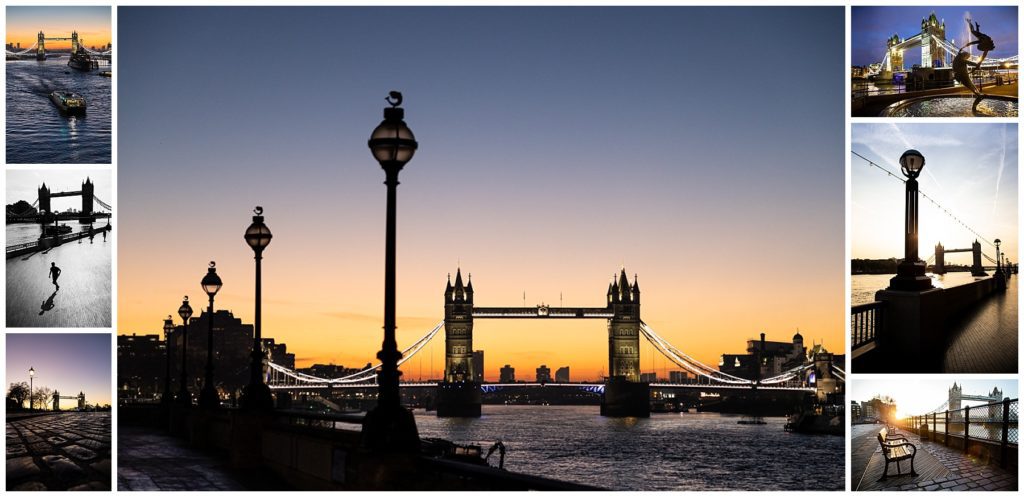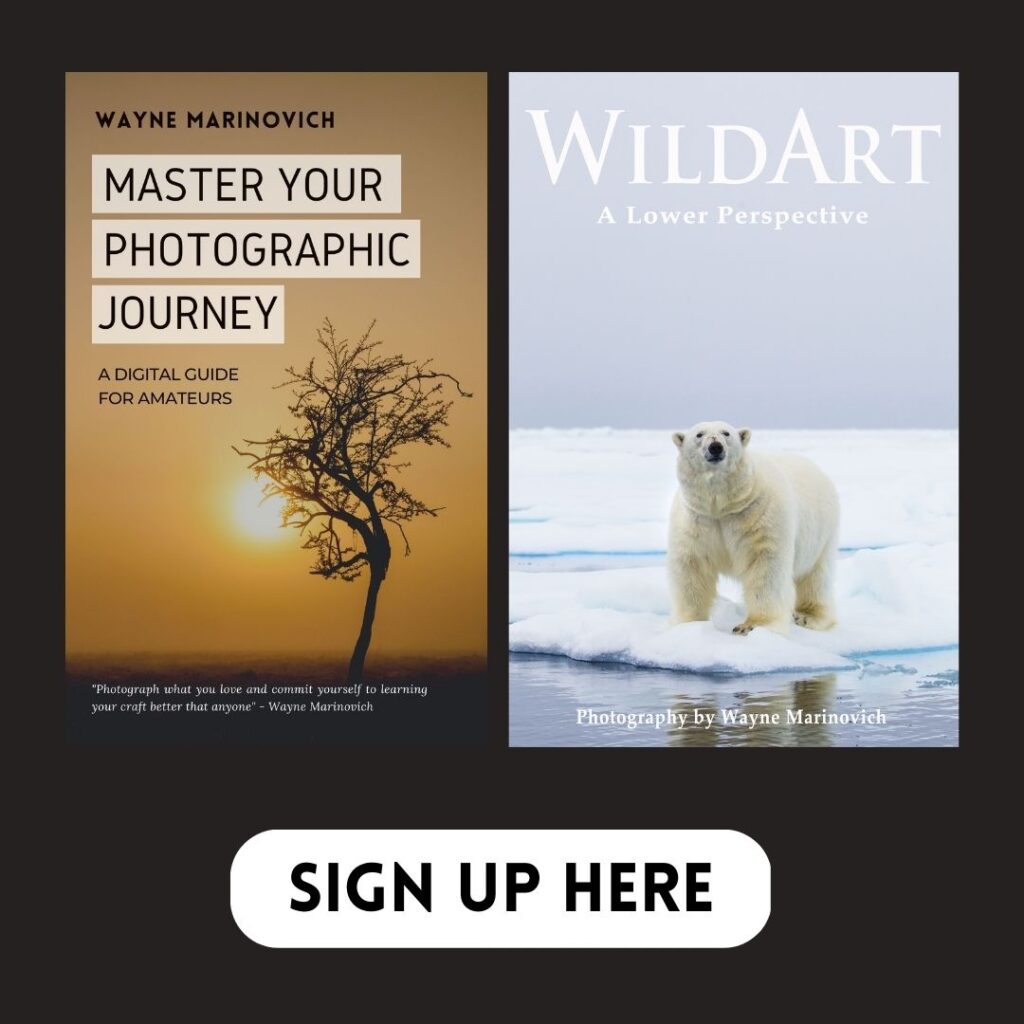12 photography projects to help elevate your skills

Limiting your photography options
One of the greatest quotes I found many years ago about creativity was from the talented T.S. Eliot. While he never uses the term creativity, he instead addresses imagination which is inextricably linked. The concept he highlights rings true for you, the creative photographer, or any other creative.
“When forced to work within a strict framework, the imagination is taxed to its utmost and will produce its richest ideas. Given total freedom, the work is likely to sprawl.” – T. S. Eliot
The best project where you can tackle this concept by boxing yourself in using a single prime lens when out go out to shoot. Pick a 35mm or 50mm and force yourself to move about to compose or frame your photos. There are other projects to constrain your creativity which I list below (like a single colour day or standing in one place). Force yourself to work within a narrow area and watch your creativity explode.
Stay local
While we all have great dreams and ambitions to travel and visit other cultures across the planet, your photography will also be enhanced by simply keeping it local. As I teach my students, if you can’t get decent photographs around your local village or city, you won’t get them in some far-off place where your imagination will run you ragged with all the excitement.
See this a chance to create a small PDF or eBook of your town. Imagine your town mayor has asked you to showcase what it’s like to live there and wants your work for the official brochure. This helps you get into the habit of working to a brief or a client’s need.

Every time I take the train into London, I have access to Tower bridge as a first port of call. I work it from all angles at different times of the day. Over time the good photos simply show themselves
1 spot. 1 hour.
One of the best and earliest exercises I did when I started to move from wildlife and nature into urban photography. The goal is to stand in a one-metre square that you are not allowed to leave for one hour.
Take a few lenses and photograph everything you can see when you turn a full 360 degrees. Photograph with a wide-angled lens (16mm or 24mm) all the way to a longer zoom lens if you have (200mm or 400mm) top range. Record everything like passing vehicles, planes, birds overhead, people walking with pets, and nearby trees or bushes.
After you’ve done this a few times, you’ll start to notice good spots when you are working on other projects. The busier the spot, the better for this.

Same spot for an hour. The left photo was photographed at 200mm, right one at 24mm
Minimalism
We sometimes feel that we need to jam our photos full of layered elements (subjects or objects) to tell a broader story. While I love layered photos that allow the viewer to spend time exploring the story we are creating with your photos. Very often, less is more.
Practice telling stories with less if you can. Take photos of things with clean (uncluttered) backgrounds. This will grab the viewers’ attention and hold it with nothing in the background to distract them.

Going Auto
As you progress on your journey, you read about the quest to leave all camera modes behind and only shoot on Manual. Nothing wrong with that at all. Now the camera makers have given you many modes to allow a wide variety of types of photography, and when you’re starting out, I advise you to shoot with all of them.
Something that many people will tell you is to avoid anything Auto at all costs. I suggest creating a project where you set Auto Focus, P for Program and Auto ISO. Let the camera take care of the settings, thus allowing you to only focus on composition. It will remove the need for analysis paralysis and give you the freedom to simply record the world in front of you.
This is a good exercise for more established photographers who have been using Av, Tv, and Manual for many years. Free yourself up and smash the composition creation button in your brain.
The 1/8th or 1/30th challenge
This project is simply about slowing the world down and capturing blur. By itself, blur can be a curse to some photographers because it means that something went wrong with their exposure. With this project, you’re actively seeking out movement in your world to create blur.
One thing to remember here is that because your shutter speed is so slow, you have to be on point with your exposure because a lot of light will hit the sensor at these shutter speed levels. When starting with this project, go out when it is really overcast as opposed to a bright sunny day which will scald the image with white light.

Shoot silhouettes
This is simply shooting into the light source, which in many cases is the sun, so a cautionary warning here obviously is to limit your time doing it and to be aware if pointing your lens into direct sunlight. The goal with silhouettes is to lose all the details of your subject and have the outline tell the story for you or hint to the viewer what the subject is.
If you’re in any of the auto modes, the camera will try its darndest to expose for the subject by opening up to allow more light in. Autofocus may also struggle on some cameras, so focus on the edge of your subject until it locks on. To get your exposure right, you might take a reading when your subject is the darkest, then switch to Manual mode and dial those settings to fine-tune it from there.

Macro
Some lenses that come with your camera purchase may have a macro functionality. This means the front of your lens can get very close to your subject and still focus. Macro is used for photographing tiny details of small subjects, like jewellery, insects, or details of a flower arrangement at a wedding.
If you want to investigate the macro photography genre, look into hiring a lens from a camera shop for a few days and spend the day taking macro photos around your house. You’ll need to use manual focusing because being so close to the subject will result in a very small depth of field. The autofocus might either lock onto the wrong part of the subject or not focus lock at all.
Tilt your camera
This is simply adding to the suite of photos you would typically take. You will naturally default to the Portrait and Landscape orientation for your photos, like what we’re used to seeing in books and social media grids.
All you’re doing here is when you swivel the camera between the two orientations, you stop halfway, taking an angled photo between the two. Not all images will work, but over time you will get a great many that will. This will grate with the natural way that your viewer will see their world, and so it will hold their attention a little longer.
Photograph emptiness / Absence
With this project, you are trying to tell a story without the main protagonists being present. It’s a street without people, a stage with an incredible backdrop but no actors. The scene must show that people live, work, and play in the space you photograph.
Less is more here. We’re conditioned from birth to recognise what is a threat to us and what is not. When we perceive something that’s not a threat to us, over time, we stop seeing it at all – it simply exists in our world until we need it or actively think about it again, much like breathing. It’s a natural thing that the body does, and we don’t take any notice of it until we do – Like you’re suddenly aware that you are taking deep breaths.
Absence is the goal here.

Photograph textures
Another way we used to learn about our world as babies and children was through the five senses. This means that so much of the world around us was discovered and logged in our brains, whether pleasurable or painful. We learned what was good for us and what wasn’t.
Touch is the sense we’re recalling here. If I say fur, you can naturally remember what it feels like on your fingers and skin, like you would know the difference between that and a woolly blanket.
Photographing reflections in the coolness of a glass window pane, feel the peeling paint of an old door or window shutter. You know the feeling of a flowing stream as it caresses your hand. Shoot “feelings” by photographing the textures of your world. You want to trigger a viewer’s memory of what their world feels like.

One square block
For a week, repeatedly walk the same block in your town or city. This may be early in the morning, late afternoon, or even both, which would be better. Go out during your lunch hour at work instead of sitting at your desk getting indigestion over a soggy sandwich.
The goal is to walk the same block and let life come to you, as opposed to you chasing it by frantically walking several blocks and not getting anything of interest. Walking the same common patch will force you to learn to see with fresh eyes.
I used to do this in my wildlife photography days back in South Africa. In any of the parks, I would choose the shortest routes to drive, so letting the wildlife come to me. Animals are not static and constantly moving, so I knew that on some trips, I might photograph very little, and then on other occasions, everything could kick off. The same is true for the block you’re going to walk. The streets are busy places, and people are always coming and going in their busy lives.
Remember this – everything will show itself as beautiful to you if you look at it long enough. Walk a single block often enough, and you will notice more and more each time.
One colour day
Pretty much does what it says. Go out and only take photos of a single colour, e.g., red, green or yellow, for a day. It’s amazing how you start to see so much more out there when you narrow your focus.
Creative constraint is a wonderful tool to kick the imagination up a level. Box your imagination in and sit back and enjoy it as it comes alive in order to try to escape.
It will be tough because so much else will draw your gaze, so it’s also an exercise in self-control. Ignore all other photos and stick to your colour. It also will look great as a gallery on your website or social media grid.

Finally
Search the internet for other blog posts on various projects to try. If you are shooting in one specific genre, it would be better to narrow your search to that. There are great suggestions there for you to try. The key thing here is to do them as often as you can. Repeat the same project over and over again for a few weeks – and watch your success rate grow.
If you are looking to learn more, subscribe to my newsletter with the button below, or you can check out the 1-2-1 photography teaching sessions I offer in London and Brighton.
Get 2 FREE ebooks when you sign up for my newsletter.









